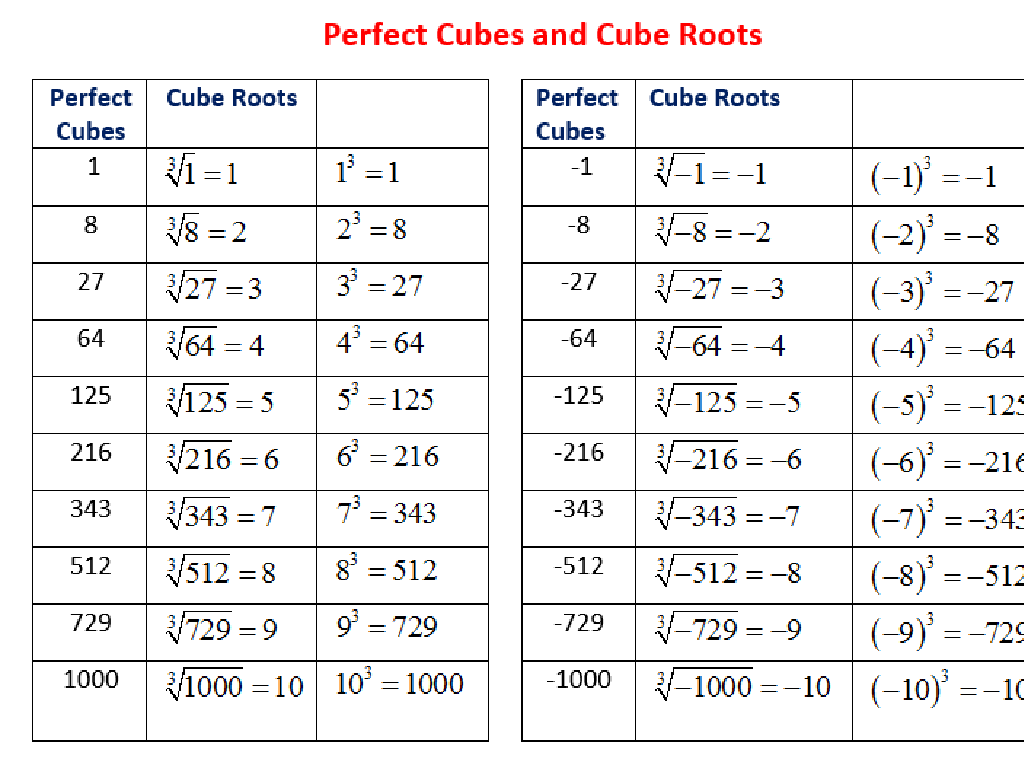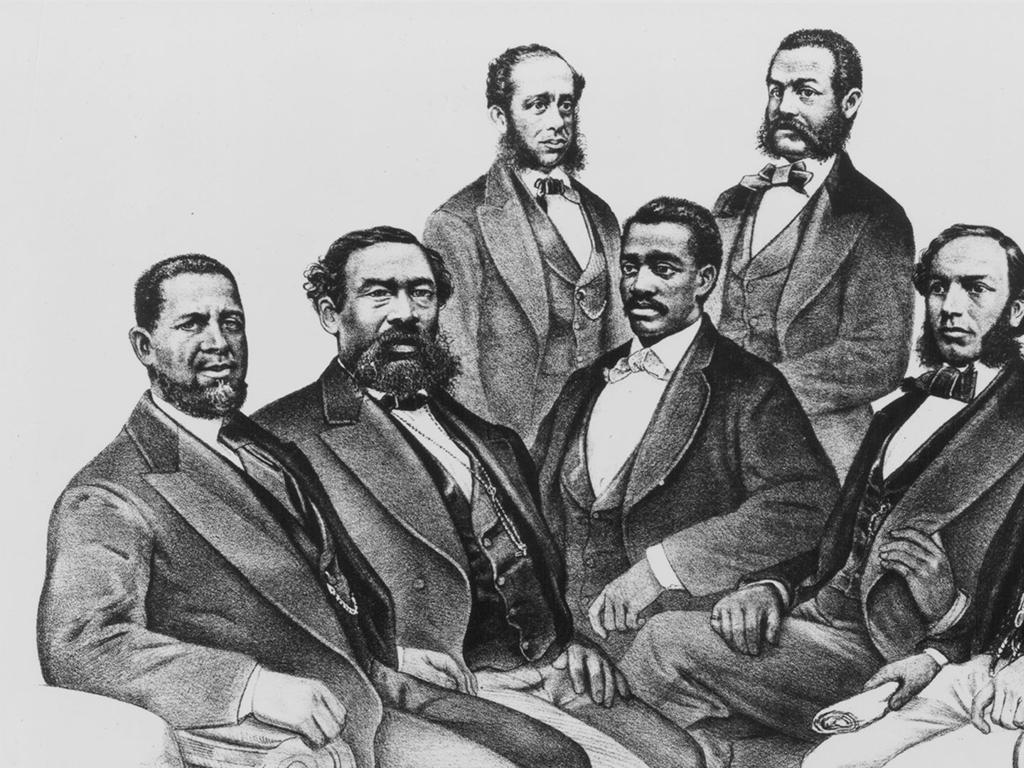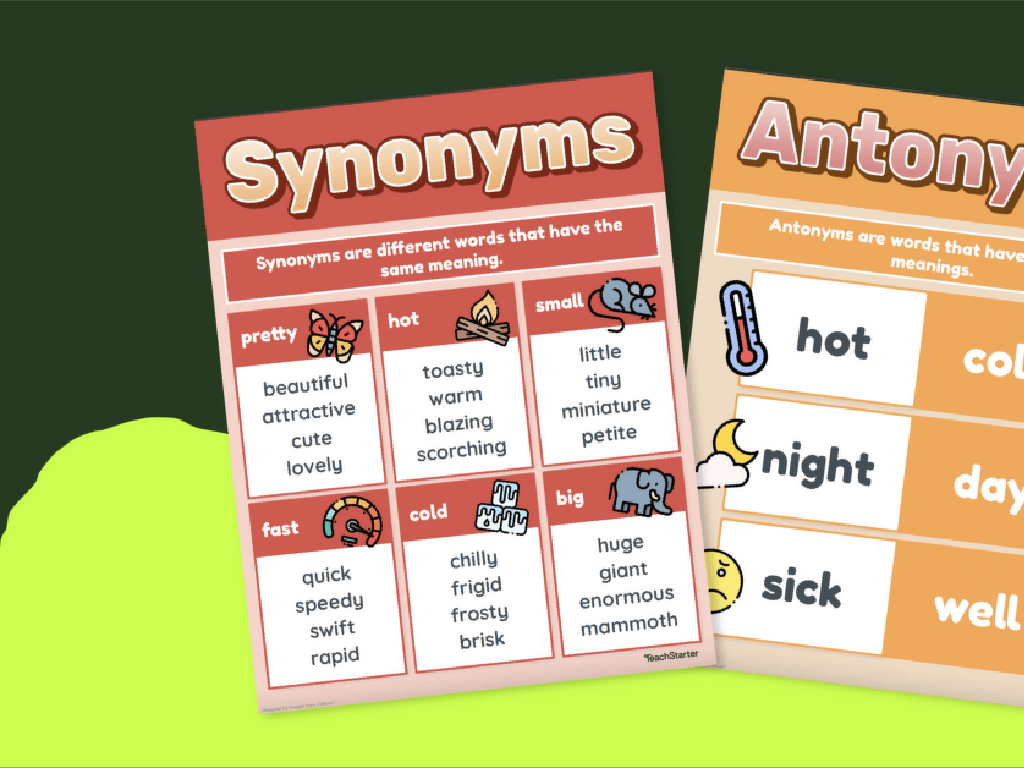The Medieval Silk Road
Subject: Social studies
Grade: Sixth grade
Topic: The Silk Road
Please LOG IN to download the presentation. Access is available to registered users only.
View More Content
Welcome to the Silk Road!
– Explore the ancient Silk Road
– A network of trade routes connecting East and West
– Learn about trade and culture
– Exchanged goods like spices, silk, and ideas
– Discover why ‘Silk Road’ name
– Named for the lucrative silk trade
– Significance in world history
|
This slide introduces students to the medieval Silk Road, setting the stage for a journey through history. The Silk Road was not just a single path but an extensive network of trade routes that linked the Eastern and Western worlds. It was crucial for the exchange of not only goods like silk, spices, and precious metals but also ideas, technology, and culture. The term ‘Silk Road’ comes from the profitable silk textile trade, which was highly sought after in Europe. Understanding the Silk Road helps students grasp the early interactions between different civilizations and the impact of these exchanges on the development of the world. Encourage students to think about how trade routes like the Silk Road might compare to modern methods of exchange and cultural interaction.
The Importance of the Silk Road
– Bridged East and West
– The Silk Road linked Asia and Europe, facilitating trade and cultural interaction.
– Varied goods were traded
– Merchants traded silk, spices, tea, and more, enriching economies.
– Cultural exchanges flourished
– Ideas, religions, and art styles were shared, enhancing cultural diversity.
– Tech innovations spread
– Innovations like papermaking and the compass were disseminated along the route.
|
The Silk Road was not just a trade route but a lifeline connecting distant civilizations, allowing for the exchange of goods, culture, and technology. It played a crucial role in shaping the ancient world, influencing everything from economic development to the spread of religions and artistic movements. As students learn about the Silk Road, emphasize the diversity of goods traded, from luxurious silks to everyday spices, and how these exchanges led to a richer, more connected world. Highlight the importance of cultural interactions, such as the spread of Buddhism, and technological advancements that were shared along the Silk Road, which had lasting impacts on societies across continents.
Exploring the Silk Road: Geography
– Map the ancient Silk Road
– Trace the network from China to the Mediterranean
– Key cities and trade posts
– Learn about historical hubs like Samarkand and Chang’an
– Travel challenges: terrain
– Deserts, mountains, and steppes made travel difficult
– Adaptations for survival
– Caravans used camels, guides, and stars to navigate
|
This slide aims to give students a geographical perspective of the Silk Road. Start by showing a map to help them visualize the extensive network that connected the East and West. Highlight major cities and trading posts that were crucial to commerce and cultural exchange. Discuss the harsh terrains travelers faced, including the Gobi Desert, the Himalayas, and the Eurasian Steppe. Emphasize the ingenuity and resilience of traders who adapted to these challenges by forming caravans, using camels suited for desert travel, hiring experienced guides, and learning to navigate by the stars. Encourage students to consider how geography influenced the development and success of the Silk Road.
Travelers of the Silk Road
– Merchants: The Silk Road traders
– Traded goods like silk, spices, and precious metals.
– Pilgrims: Spiritual journeys
– Visited holy sites, spreading religion and culture.
– Explorers: Like Marco Polo
– Marco Polo’s travels introduced Europe to Central Asia and China.
– Caravans: Lifeline of the Road
– Groups of people traveling together for safety and company.
|
This slide introduces students to the diverse group of people who traveled the Silk Road, emphasizing the cultural and economic impact of their journeys. Merchants were pivotal in the exchange of goods and ideas. Pilgrims’ travels contributed to the spread of beliefs and religious practices. Stories of explorers, especially Marco Polo, captivated the imagination of Europeans and inspired further exploration. Caravans, consisting of people and animals, were essential for the transport of goods and provided a measure of security against the dangers of the long journey. Encourage students to think about the challenges these travelers faced and the motivations behind their journeys. Discuss the importance of cultural exchange and how the Silk Road was a precursor to globalization.
The Silk Road: Exchange of Goods and Ideas
– Trade of silk, spices, and metals
– Luxurious silk from China, exotic spices from India, and precious metals like gold and silver.
– Spread of religions and philosophies
– Buddhism, Islam, and Christianity spread along the Silk Road, sharing wisdom.
– Artistic and literary influences
– Art and literature flourished with new themes and styles from diverse cultures.
– Cultural impact of trade
|
This slide aims to highlight the significant exchanges that occurred along the medieval Silk Road beyond just physical goods. While silk, spices, and precious metals were commonly traded, leading to economic prosperity, there was also a rich exchange of cultural ideas and practices. Religions and philosophies such as Buddhism and Islam were disseminated, influencing local beliefs and customs. Art and literature were also profoundly impacted, with new artistic techniques and literary themes emerging as a result of the intercultural interactions. The Silk Road was a conduit for a vibrant cultural exchange that shaped civilizations. Encourage students to think about how these exchanges might have looked and to consider the long-term effects on societies.
The Decline of the Silk Road
– Shift to sea trade routes
– Ocean-based trade became more efficient and safer than land routes.
– Black Death’s devastating impact
– The pandemic killed many traders, disrupting Silk Road commerce.
– Political shifts end old routes
– Power changes led to less protection and funding for the Silk Road.
– Silk Road’s gradual decline
|
This slide explores the factors that contributed to the decline of the Silk Road. Emphasize the shift from land to sea trade as explorers found new maritime routes that were more cost-effective and less hazardous. Discuss the Black Death’s role in decimating populations, which severely affected trade activities. Highlight how political changes, such as the fall of empires and the rise of new powers, led to the neglect and eventual abandonment of the Silk Road. The decline was a gradual process influenced by a combination of these significant events. Encourage students to think about how changes in trade routes can impact economies and cultures.
The Silk Road’s Enduring Legacy
– Lasting cultural impacts
– Exchange of goods, ideas shaped cultures
– Influence on modern economy
– Modern trade routes echo ancient paths
– Historical sites preservation
– Efforts to maintain and restore key locations
– Silk Road’s global significance
|
This slide aims to highlight the lasting effects of the medieval Silk Road on contemporary society. Emphasize how the Silk Road was not just a network of trade routes for goods like silk and spices, but also a conduit for the exchange of ideas, religions, and technologies that have shaped various cultures around the world. Discuss how today’s global economy is still influenced by the concept of interconnected markets, much like the Silk Road connected the East and West. Highlight the importance of preserving historical sites along the Silk Road to understand our past and its influence on the present. The Silk Road’s impact on globalization is a testament to its historical significance.
Class Activity: Create Your Caravan
– Form trade groups
– Decide on goods to exchange
– Choose items like silk, spices, or gold that were historically traded
– Plan a Silk Road route
– Use a map to find the best path from China to Europe
– Anticipate and solve challenges
– Think about problems like bandits or deserts and how to deal with them
|
This interactive group activity is designed to engage students with the historical context of the medieval Silk Road by simulating a trading journey. Students will work in small groups to form their own ‘caravans’. They will select goods that were commonly traded along the Silk Road, such as silk, spices, precious metals, and gemstones, and plan a route that traders might have taken. They should consider geographical obstacles, such as mountains and deserts, as well as potential threats from bandits or political conflicts. Encourage them to think creatively about solutions to these challenges, such as hiring guards or forming alliances with other traders. This activity will help students understand the complexities of historical trade routes and the economic and cultural exchanges that took place along the Silk Road.






